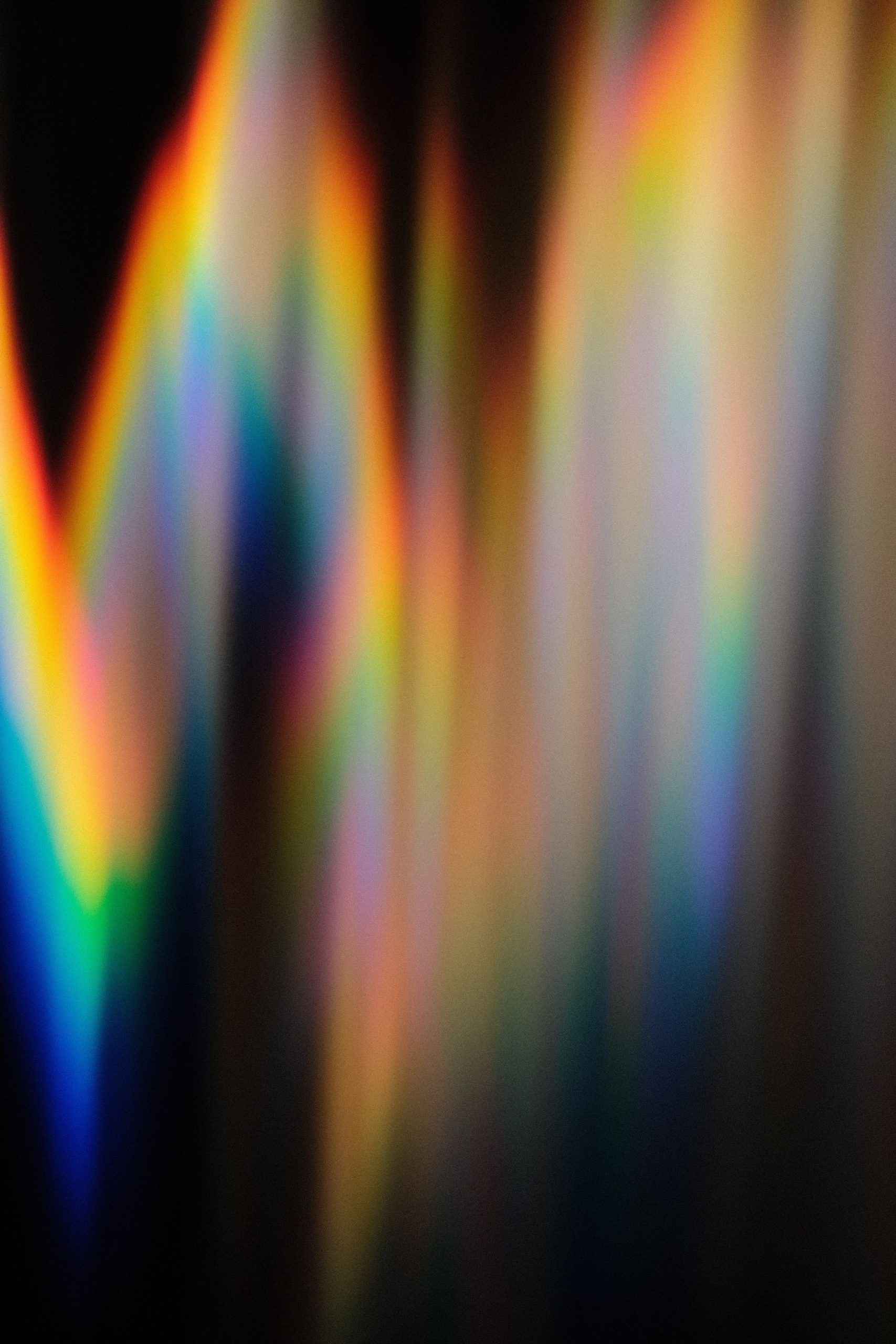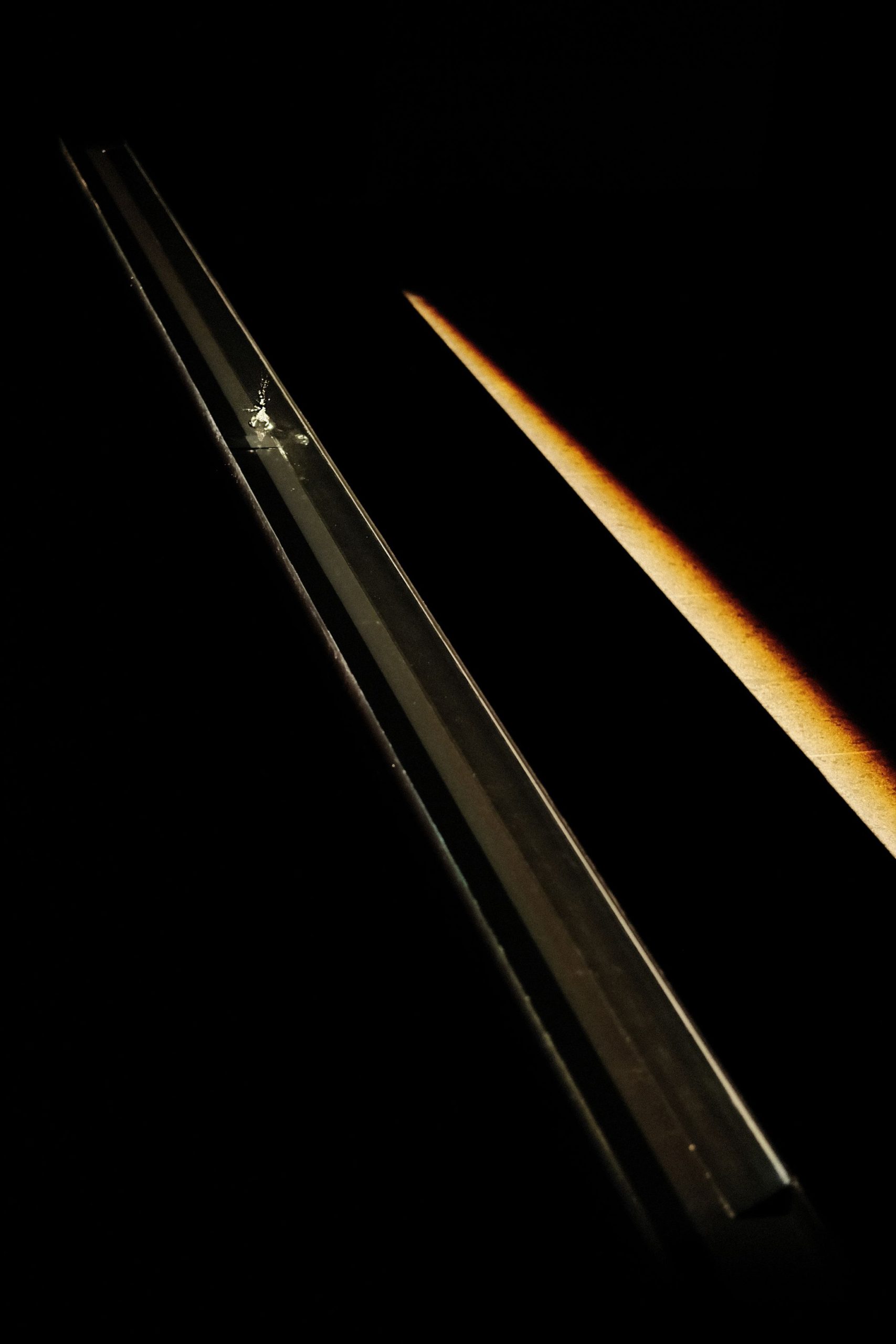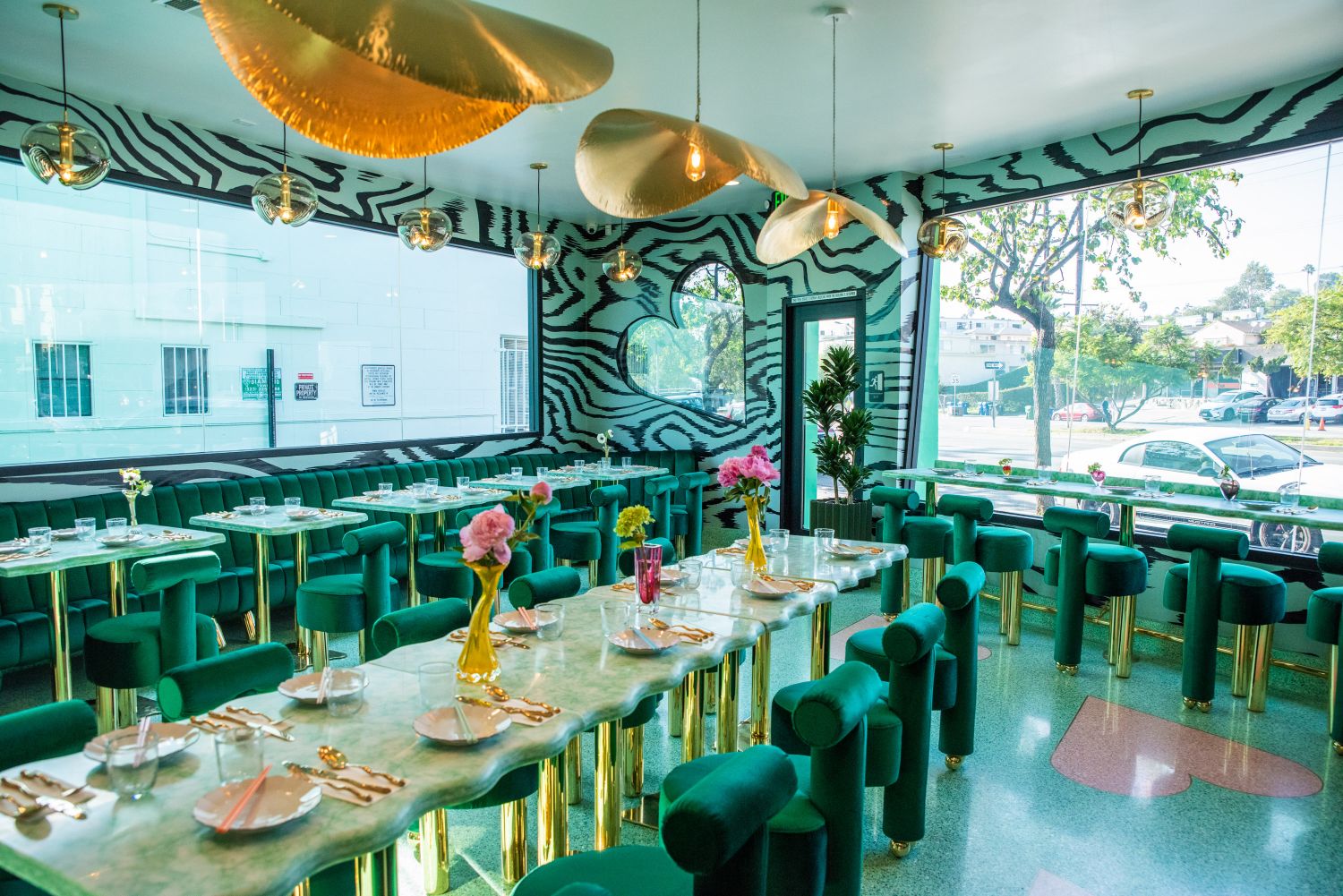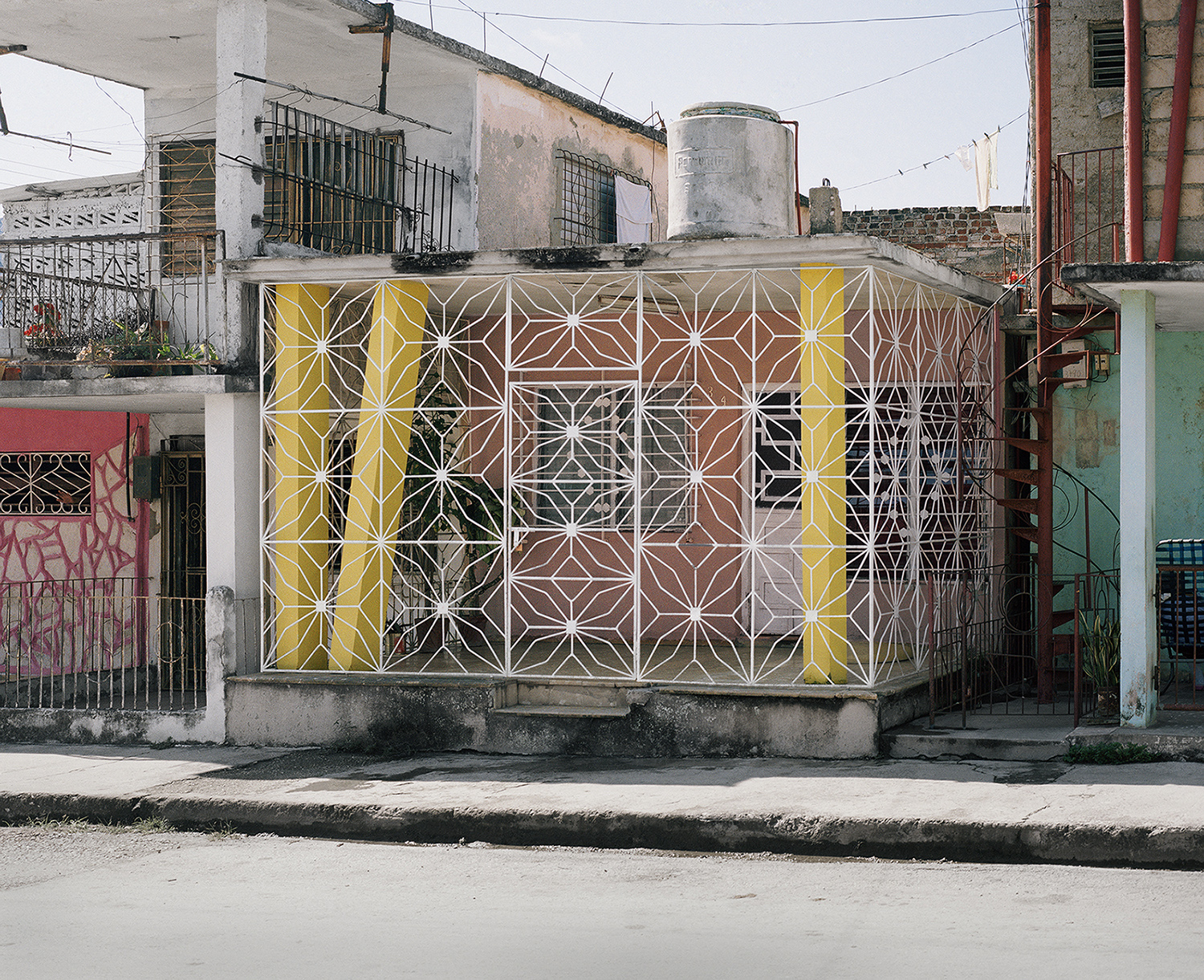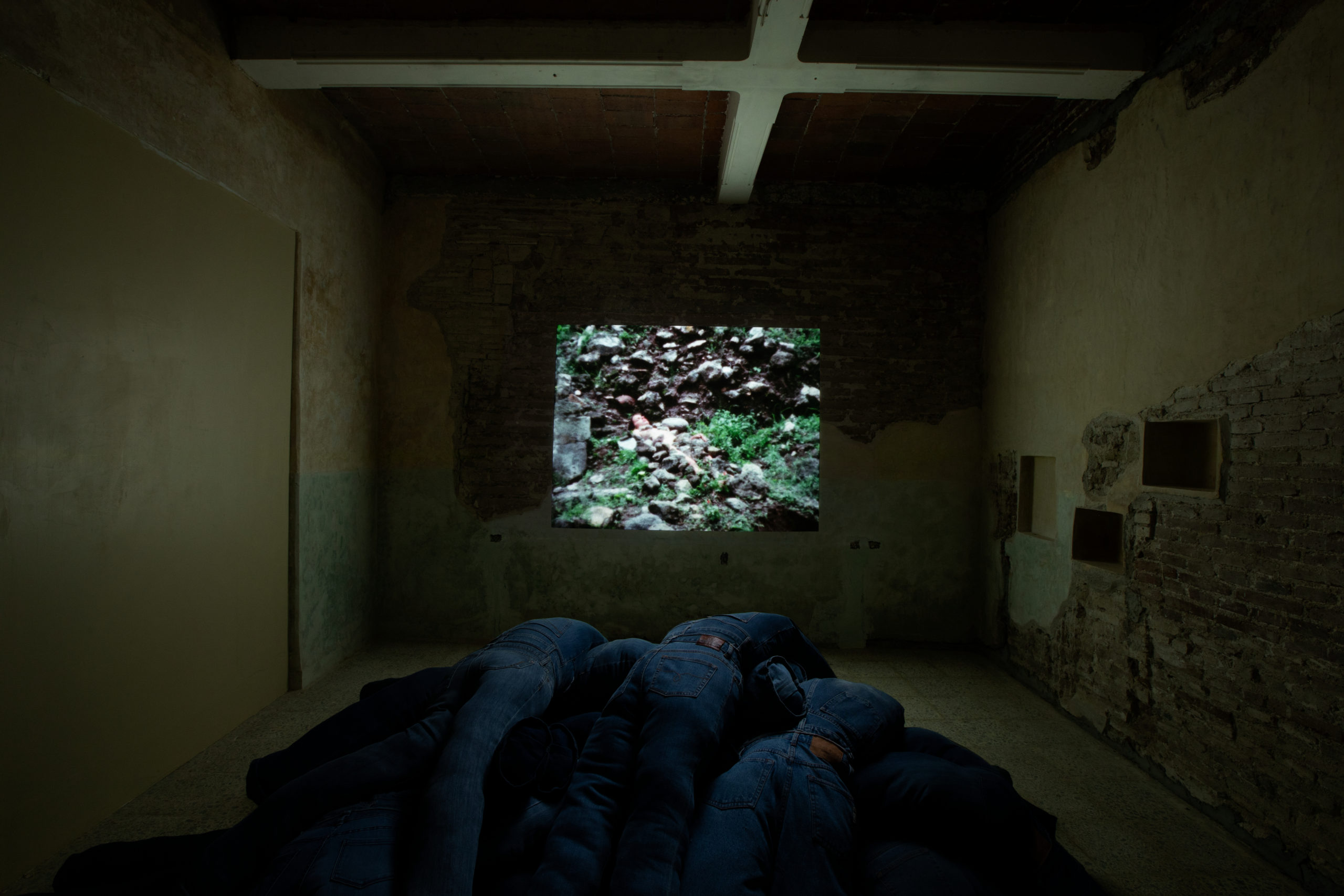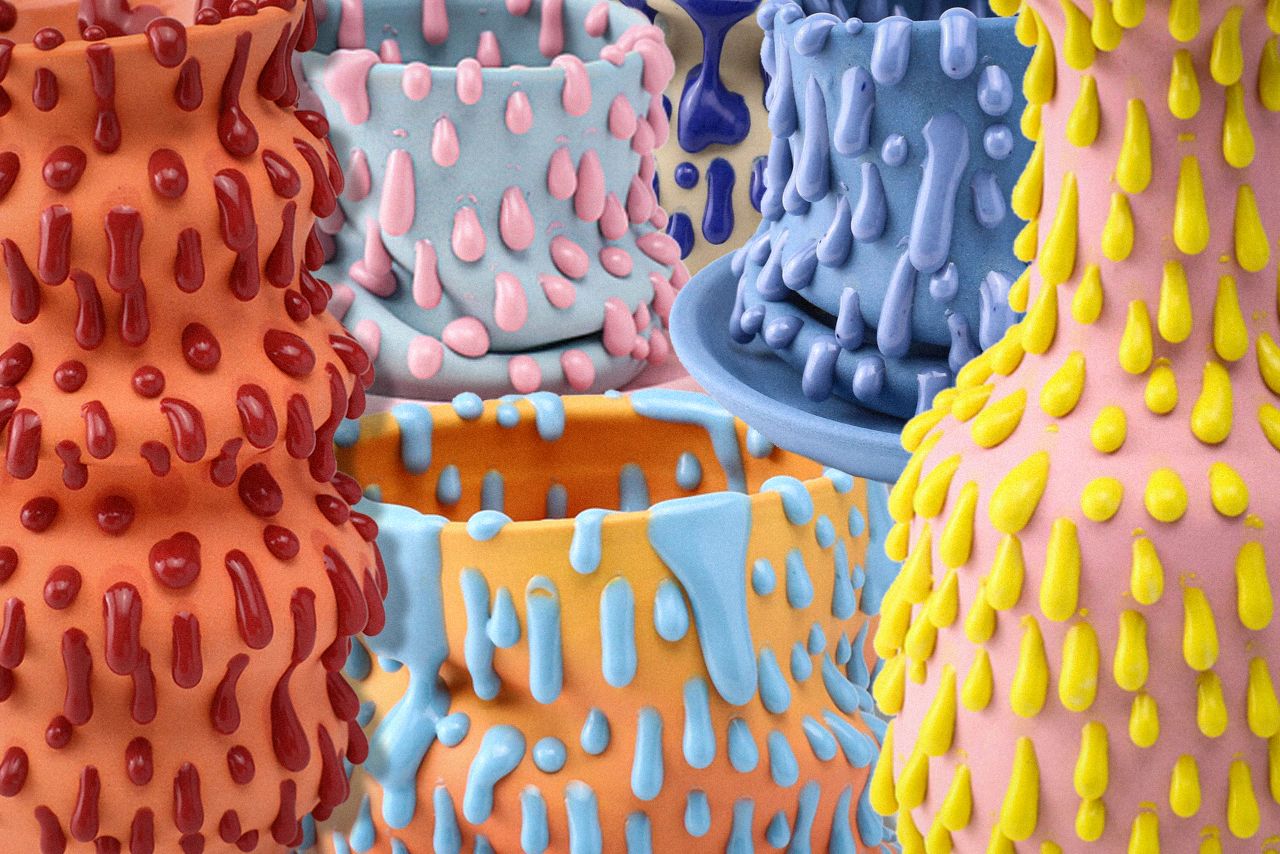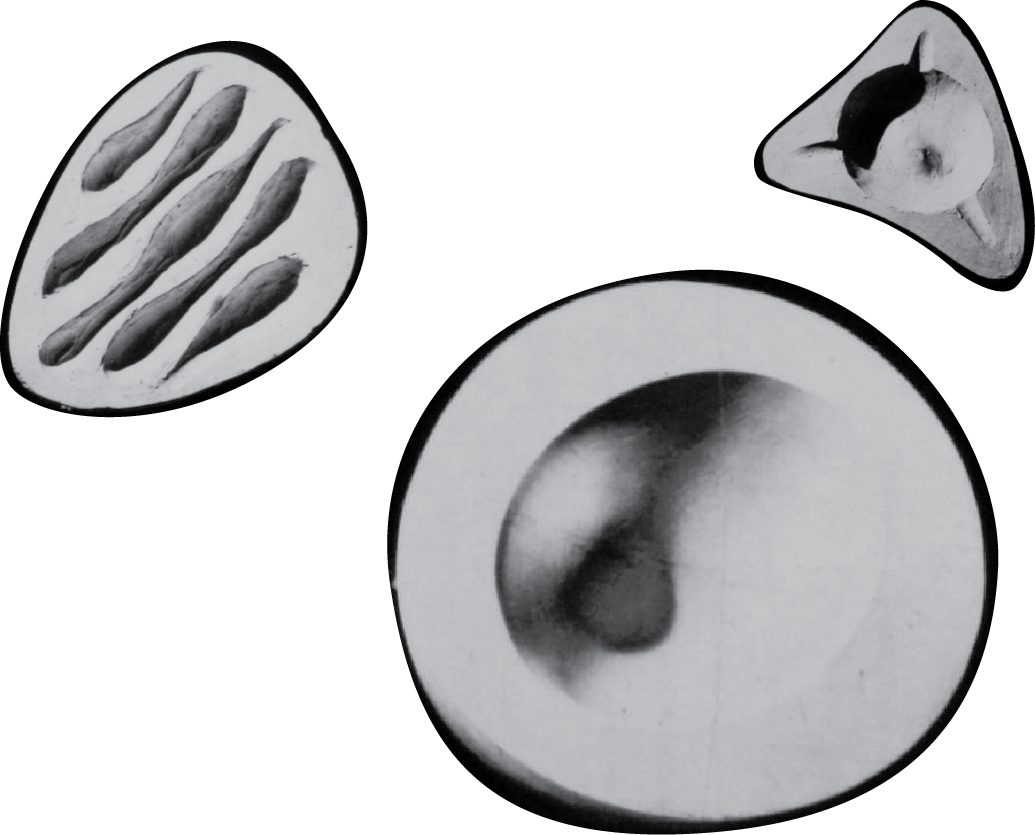LUZ INSTANTE, A SENSORY CONTINUUM BY JULIA CARRILLO
Espacio Arte Abierto, ATRZ Pedregal in México City
Cinematography and Editing by Noel Higareda and Liz Zepeda
Exhibition music courtesy of Mani Nilchiani
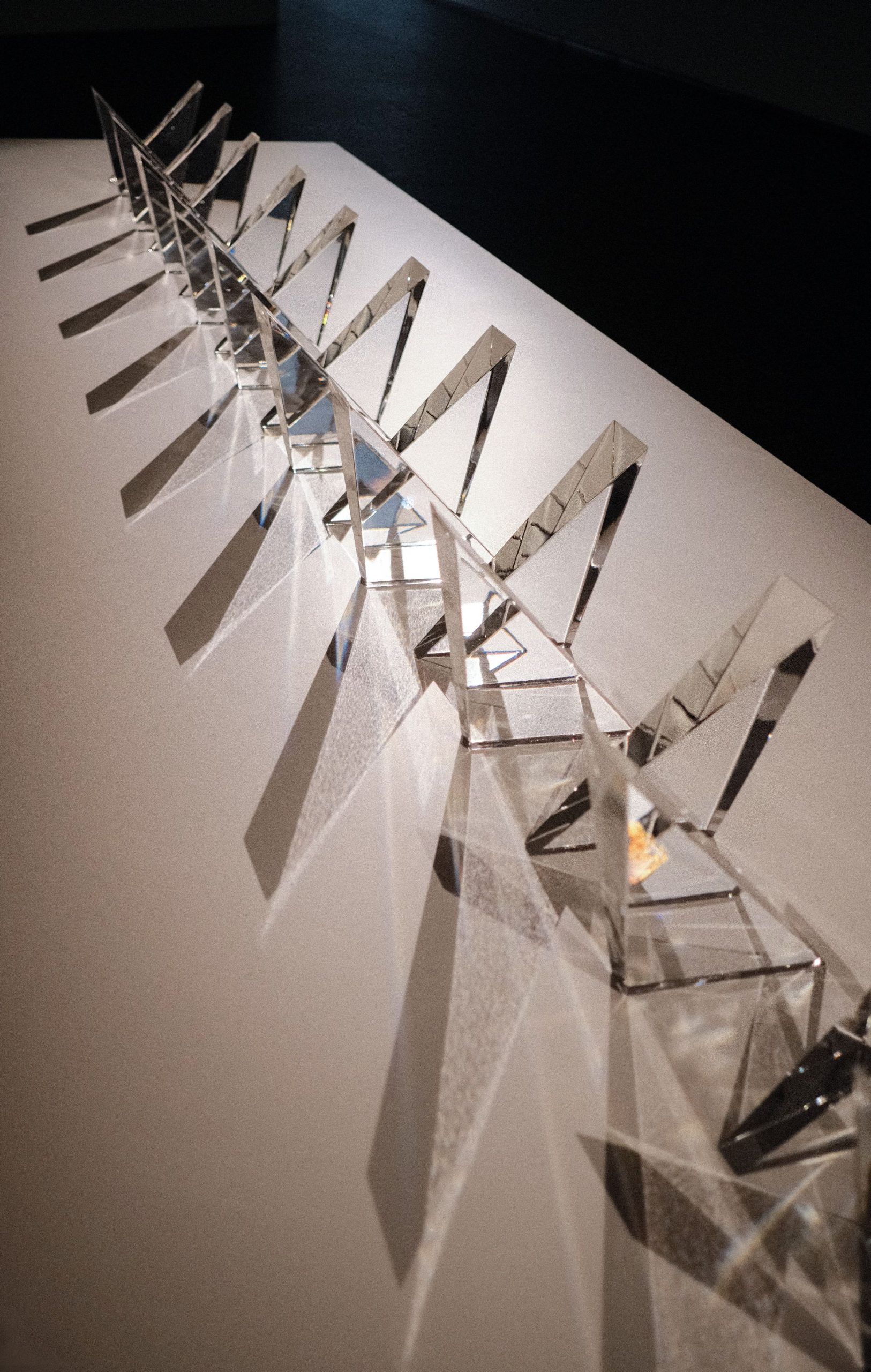
Artist Julia Carrillo uses the language and tools of mathematics and science as a way to enter a universe of abstraction. Her experiments with space create virtual sculptures, geometric and illusory three-dimensional figurations that are discovered inside her kaleidoscopes, which Julia calls light sculptures, the primary material of these pieces. For her latest exhibition Luz Instante at Espacio Arte Abierto in ARTZ Pedregal, Julia involves the viewer in the journey through a series of optical artifacts that create a sensory experience by using their bodies as instruments that activate the pieces. During a special presentation, Carrillo collaborated with musician Mani Nilchiani in a performance integrating falling water, light and sounds to extend the sensory experience.
Julia talks to us about her creative journey, her background as both an artist and mathematician, and how she values diversity in her creative rituals.
MATERIA: Let’s start with your origin story. Where did you grow up? How did your journey into design begin and what influenced your evolution as a creative individual?
JULIA CARRILLO: I grew up in México City. I come from a family of mathematicians. My dad represents the side most closely linked to science, he insisted on showing me science to explain the workings of many of the phenomena that occur in nature. That’s where part of what excites me in my work comes from: how I observe and find explanations for what surrounds me. My mother is a geometrician, in fact she was my geometry teacher at UNAM, and she is a very creative person who has always motivated me.
Since I was a child I used to go to painting classes, I loved building things, inventing, cooking and doing various activities that foster creativity. When I was 13 years old I raised money to buy my first camera. It was an analog camera and that’s when I took my first photography classes and got to know a darkroom. I learned how to develop. Darkroom developing techniques were relatively common at that time. Now, almost 20 years later, I have taken them up again in the photogram series.
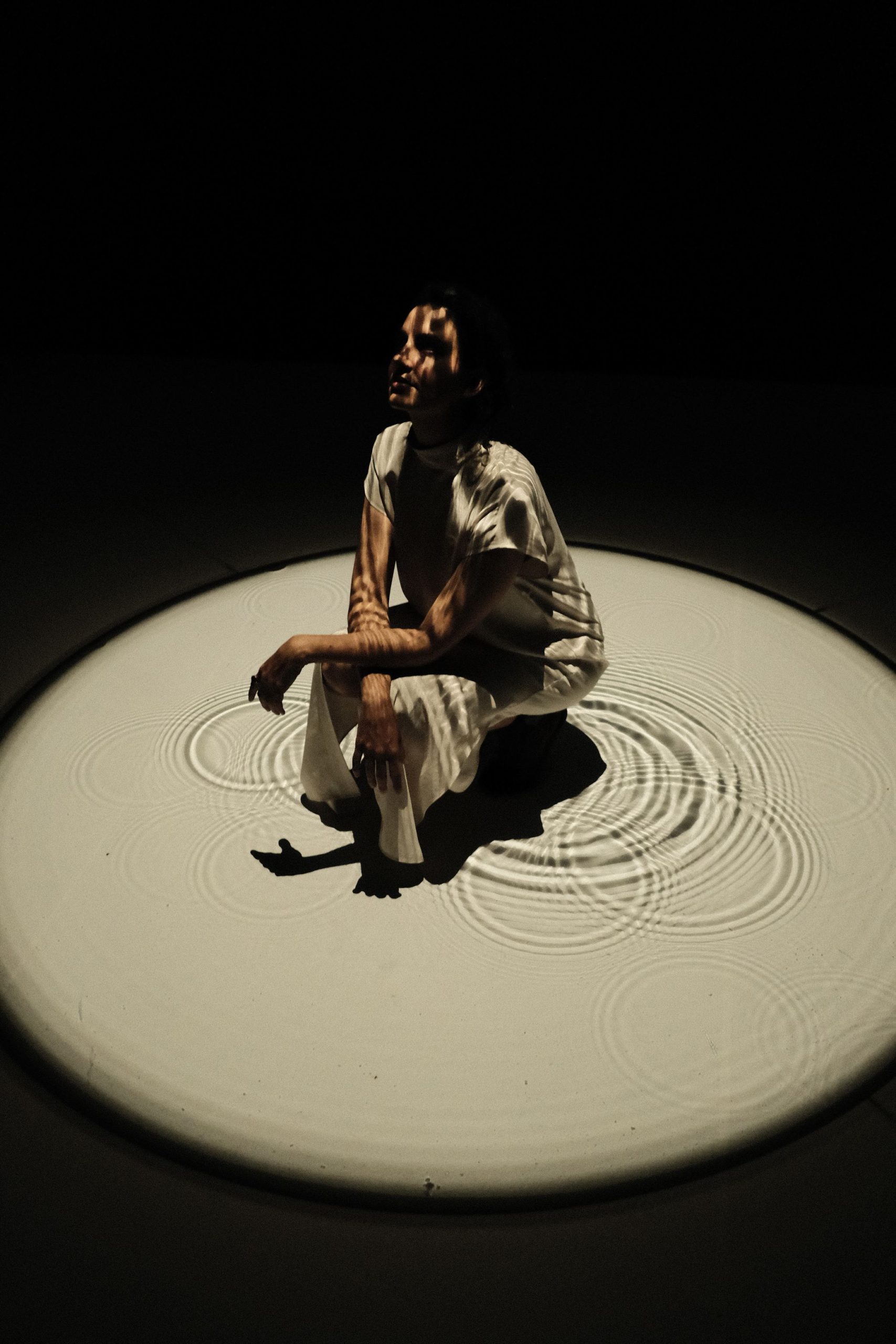
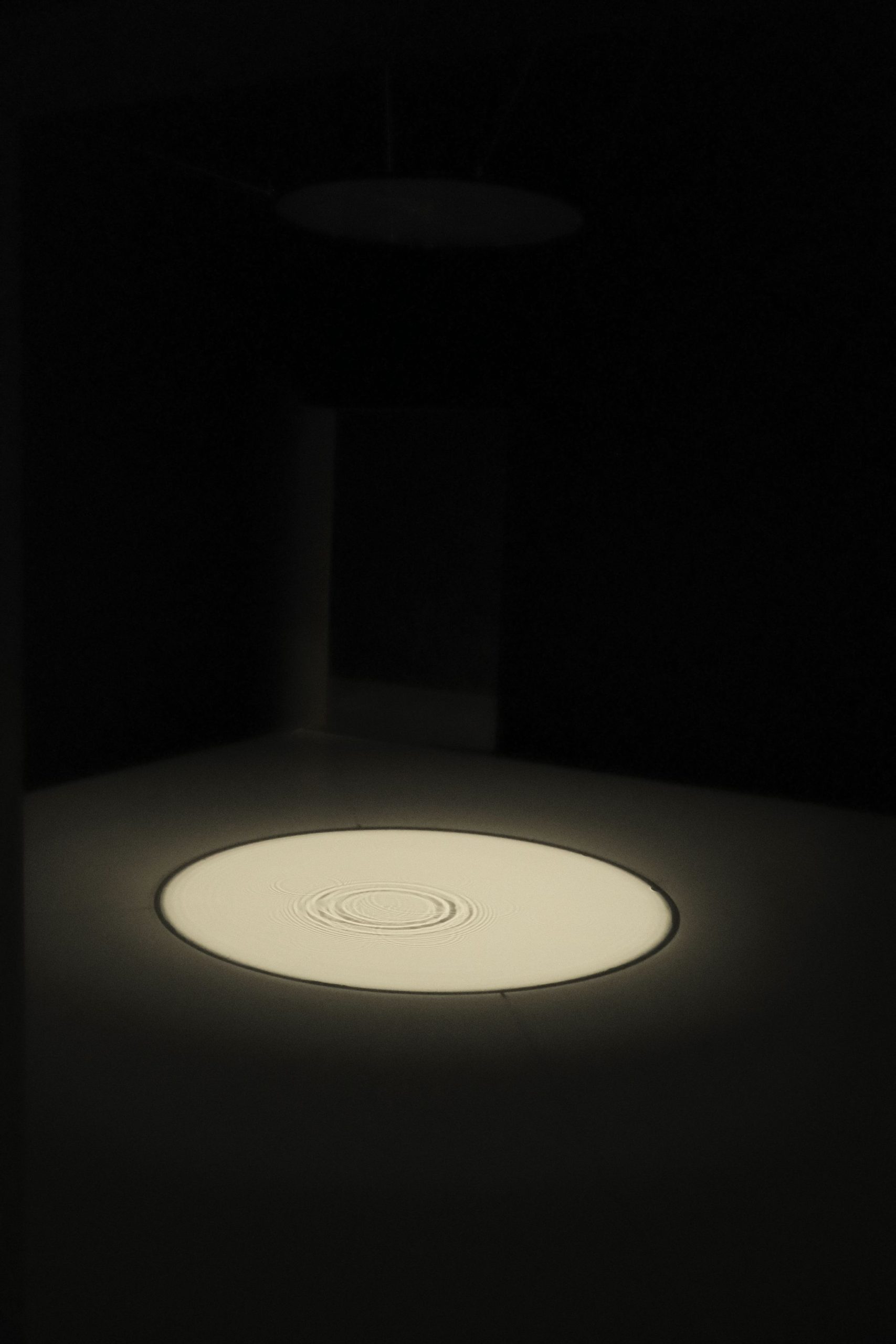
MATERIA: Describe to us what you believe are some of the fundamentals of Mexican design and how the culture reveals itself in art and design.
JC: The richness of cultural expressions in México are unlimited. There are some elements that have been relevant to me that leave me stunned every time I think about them, such as the advance in astronomy of the native cultures of these lands. I am impressed by their sense of observation, how they connoted the manifestations of nature and how they built their temples according to the events of the celestial space. They emphasized the paths of light. Many architects and artists have recovered these solar paths in their works. And to the emphasis on light, we should add the presence of color, and its ability to affect moods. It is also worth emphasizing the tradition that is based on craftsmanship, on making things with our hands.
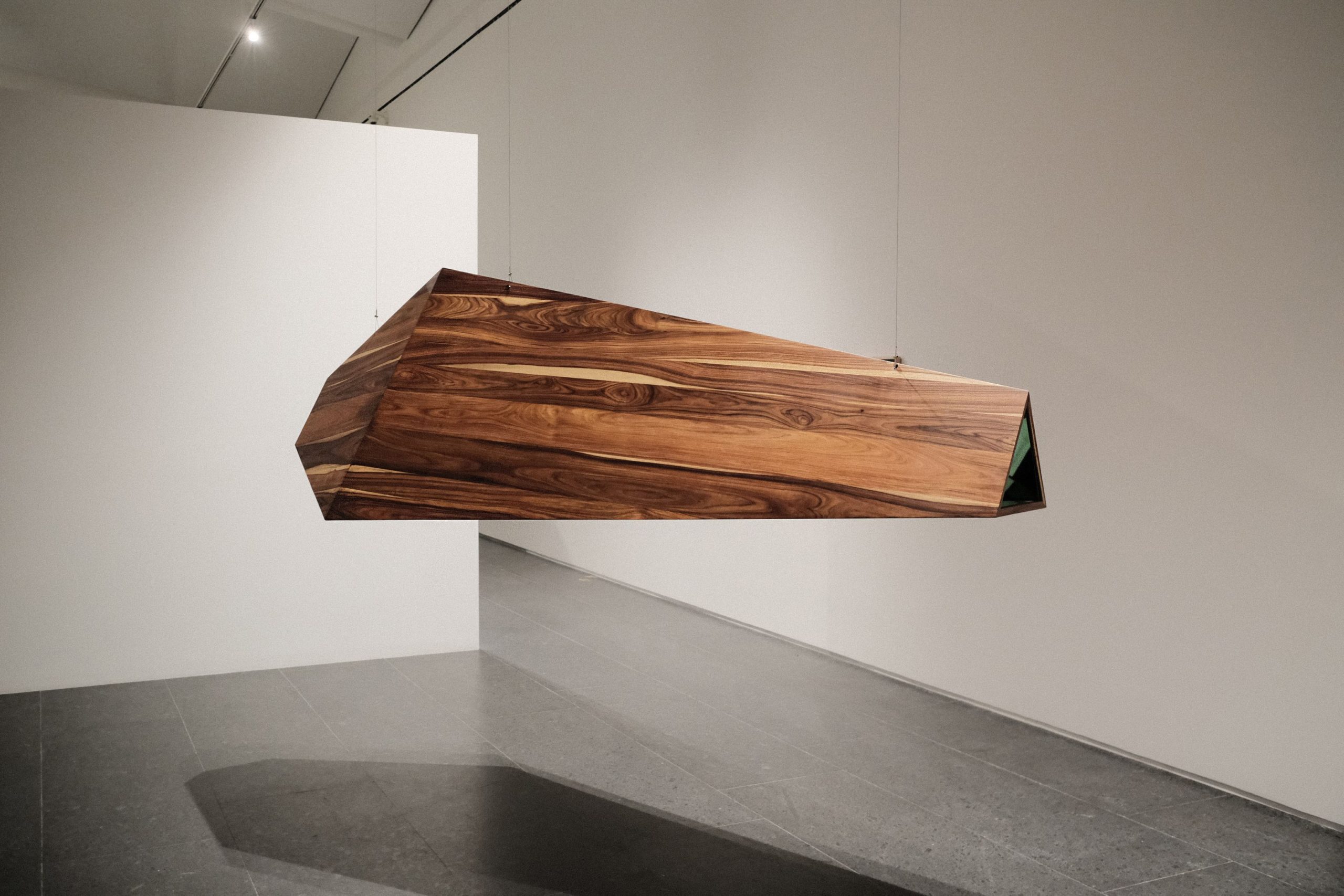
MATERIA: So you first studied Mathematics and later Visual Arts. As a Mathematician, how does your artistic practice integrate mathematics and physics into your pieces?
JC: I understand mathematics as a language, the language of science. A way to enter a universe of abstraction. Perhaps many mathematicians would not agree to consider mathematics as a language and consider it a science in itself, but for me it is a language that allows the understanding of science. In my case it is also a way to approach physics and astronomy.
For me, science is a tool and mathematics is a way of thinking. I consider that the abstraction capacity of mathematics allows creativity to reach places that I find unexpected, amazing and fun. Normally my projects or investigations are not born from science, perhaps what it shares with science is also what it shares with art, or simply with human curiosity: trying to understand this world in which we live. I am particularly interested in the natural phenomena that condition us, that surround us and affect us and that we have learned to live with them so naturally that they tend to go unnoticed. I am interested in rescuing these moments that pass in front of us, investigating them and bringing them to an aesthetic experience through art, perception and the senses.
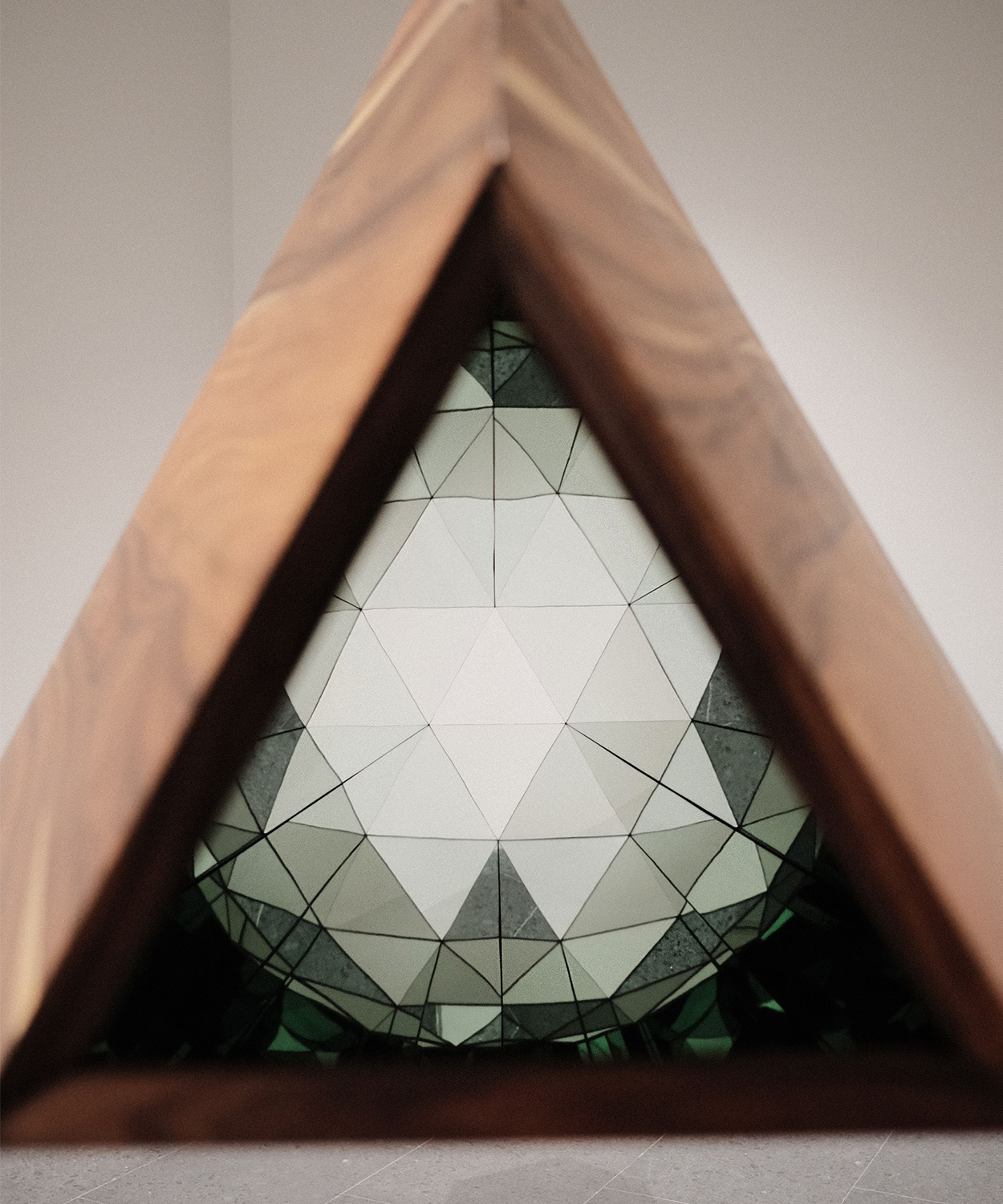
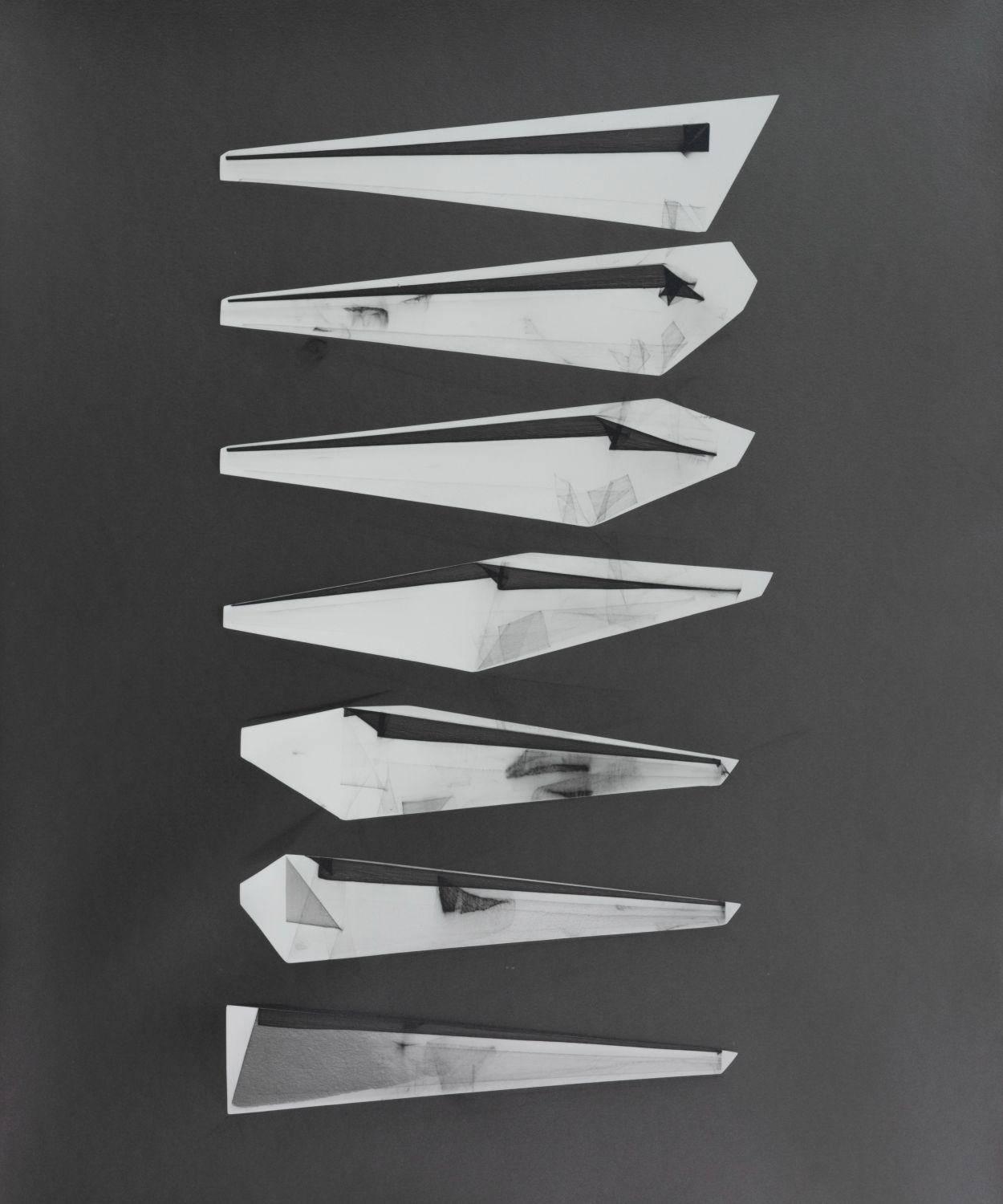
MATERIA: Tell us about the concept behind your current exhibition Luz Instante and how your ‘light sculptures’ came to be.
JC: Luz Instante is a journey through a series of optical artifacts that create a sensory continuum. Each piece links light, space and time, while encouraging us to experiment with our bodies. It is an invitation for each participant to take ownership and inhabit the works from a place of their own. The visitor will create space and immediately activate the works, because when we enter a space, the space enters us and the experience becomes an exchange, a fusion between subject and object, the luminous here and now constituted by spatial encounters.
In this exhibition we have transported or reproduced several of the artifacts that I have been creating for some years. The space at Arte Abierto is a very large place that at the beginning of each exhibition is a “white cube”. So the whole space was designed and created specifically for the exhibition, the walls were built around the works and not the works inserted in a space. The route is laid out so that visitors can choose their path. Each room has two options for passage to other rooms.
In the exhibition, the optical artifacts are presented in such a way that the light goes from “outside” to “inside” at different levels. As you move forward, the works demand a little more participation from the viewer. The light goes from being projected on the outside in the first work to “containing” you in the last piece.

MATERIA: Who were some of the collaborators you worked with for this show? Many of the pieces seem fairly complex to fabricate. Any particularly important lessons you learned from that process?
JC: I am a true believer in collective work. I was fortunate to collaborate with a team that turned out to be wonderful. This is an exhibition in which many people made it possible.
From my team Ariana Landaburo who helped me from the conceptualization to the execution of details, she is an art historian and has accompanied me in several of my processes, we have worked on several projects together for some years. Matias Arroyo works in my studio and helps me with the production of several works, he is my partner in several of the experiments I do in the lab. I also worked with Santiago Echarri, a young architect and Emiliano Valencia, a young designer who has the ability to solve almost any issue that arises.
By transporting all the ideas to the Arte Abierto space and having to materialize them, I collaborated with the production team lead by Roberto Velázquez and integrated by Laura Vieco, Sharon Gesund and Alberto Martínez. We had several conversations and bounced around ideas about the space, the museography and proposals for the production and mounting of the works. Roberto is an incredibly detail-oriented person with an amazing capacity for execution. Many of the works are complicated to construct and require great care and the result in this regard is quite amazing. I was also fortunate to collaborate with a great team of master builders, production workshops and artisans from various cities in the country.
In addition, I have had the support of Monica de Haro, Gabriela Correa, Guadalupe Salcedo and Monica Amieva. They have accompanied me throughout the process and are very focused on making a series of actions that activate the exhibition and bring it closer to different audiences. It has really been a pleasure to work with the Arte Abierto team. During this process I have learned from all the people who are part of the team, it has been an adventure where the exchange at different levels has been a pleasure and a great contribution for me, not only professionally but also personally, and today they are dear friends.
I recently did an activation at the space of the work Tiempos Lumínicos in collaboration with Mani Nilchiani. Mani is an Iranian musician and designer living in New York City. His music explores contemporary expressions of the rich microtonal and lyrical traditions of Iranian classical music. He is also an extremely sensitive person who connects in a very special way with his surroundings. The collaboration consisted of a performance in which the falling of the water drops was synchronized with Mani’s music, thus expanding the sensoriality of the work towards the sound component in an improvised way.
I have also collaborated since the first stage of the project with Hojarasca, a transdisciplinary and multimedia collective based in México City that is making a documentary about the exhibition. Hojarasca is made up of an incredible team of visual artists, designers, architects, photographers, filmmakers and professionals from different creative fields.
MATERIA: How do you begin your creative process when you are starting a new piece or new show?
JC: It depends on each project. In general, an idea comes to me and I begin to investigate it. The research process itself guides me towards the medium in which the work will unfold; this is one of the reasons why I work with different media, it allows each project to guide its own output.
Generally the creative process catches me by surprise at unexpected moments. I also think that there are different types of creative moments. Let’s say that the moment in which an idea occurs to me is very different from the creative moment in which I think about how to carry it out, the moment in which I research it, or the moment in which it materializes as a work. In my practice I consider that all these are stages of creativity.
In the case of an exhibition it is different. Normally there are already several works previously made and the creative work consists of making them coexist and generate a dialogue between them, sometimes looking to see if the discourse is solid or if there is something missing or something that is too much. I also think it is important to put myself in the role of the visitor and imagine the experience I would like to transmit. Everything at this point is at the level of imagination.
MATERIA: We believe daily rituals are very important in how we show up in our lives. What are some of your daily rituals that fuel you as a creative person?
JC: I’m a person who doesn’t follow a lot of rituals. I usually wake up, have a cup of coffee, do some exercise. Sometimes I don’t have much time for this, but I try to at least spend a few minutes stretching. I feel like this charges me up with energy and leaves me ready to strategize for the day. My days tend to be very different from one another. My job requires very different types of activities and I like that a lot. There are days when I can stay in the studio all day doing experiments or working in the darkroom. There are also days that I have to spend doing research of different kinds, reading, writing or observing. The 10-minute nap is something I enjoy and need; my creativity and concentration depend on it. Diversity of activities is important to me and I think it helps me a lot, I am very restless. I like to be open to unexpected changes of plans and this makes my rituals not so strict.

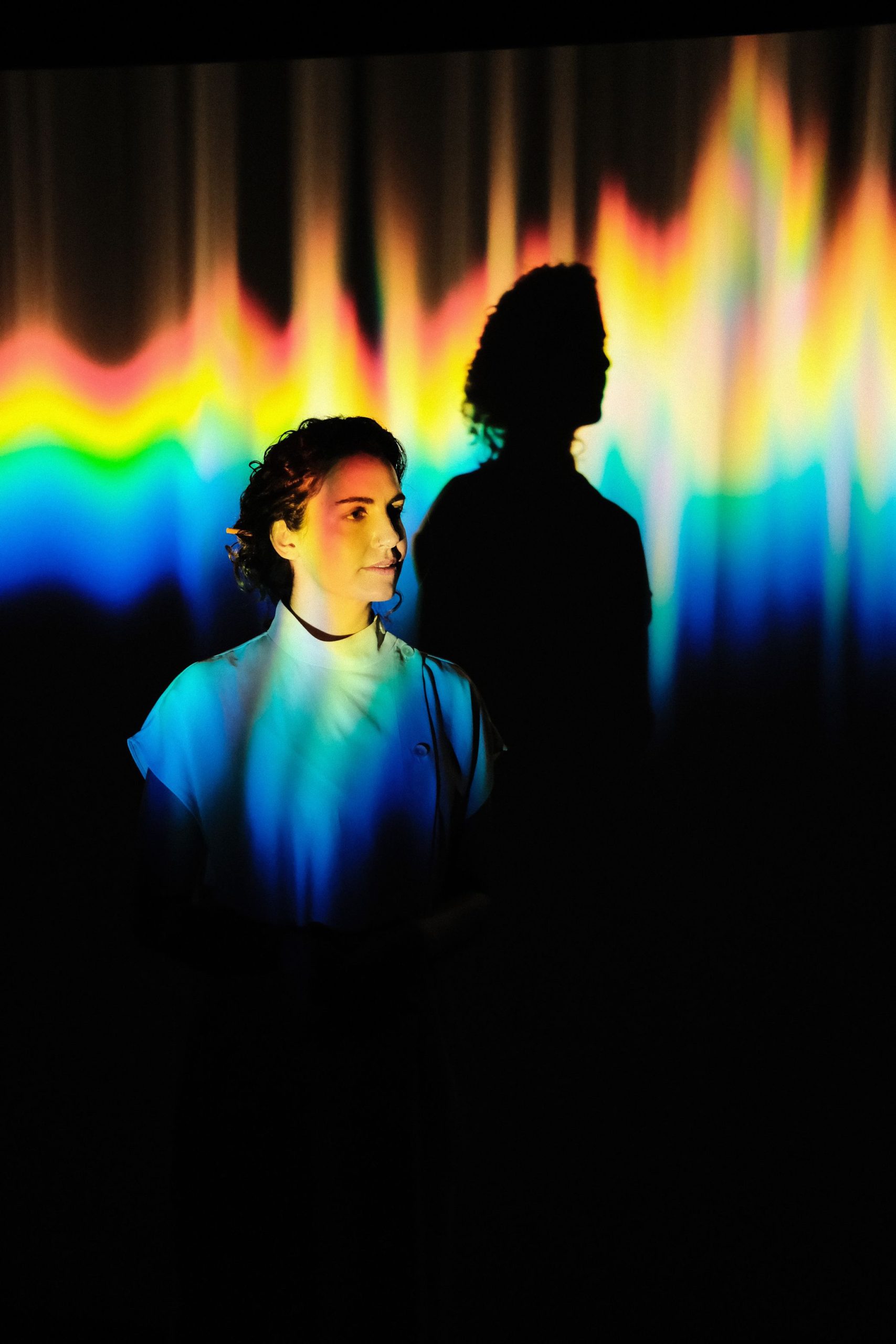
MATERIA: Can you share what you are working on at the moment that’s exciting you? What can we expect next?
JC: I have been working with a series of sound artifacts and that project has me very excited. They are a series of objects that by way of natural phenomena or analogous mechanisms that work with gravity, wind or water and generate sounds. There are several of them and I have been making them in parallel until they are already working models. Now I have to take them one by one and give them the final push that turns them into finished works. In particular there is one that excites me a lot, which is a series of aerophones that are activated by the waves of the sea. It is a piece meant to be installed on a coast and it works in such a way that the forces of the waves sing when passing through the aerophones. It is a project that has me very motivated partly because I have a lot to learn in this way. I started collaborations with some musicians and I have been learning a lot.
Soon I will go to the Art OMI residency in New York to work on a project in collaboration with the artist Nooshin Rostami. This also excites me a lot, we have worked together before and we have ways of thinking that are complementary. Our conversations tend to take creative directions that have been very nourishing for both of us.
